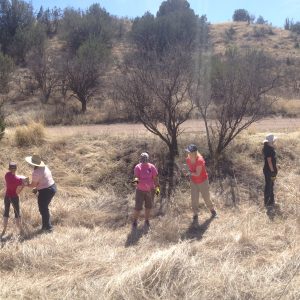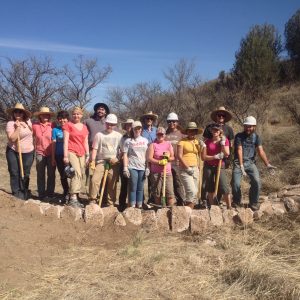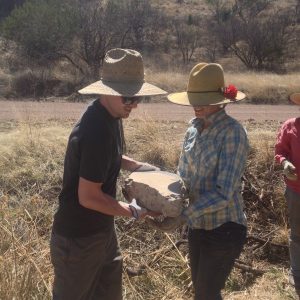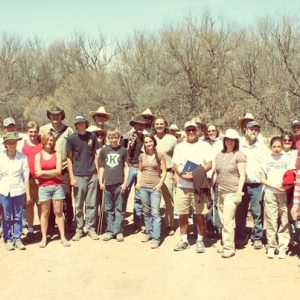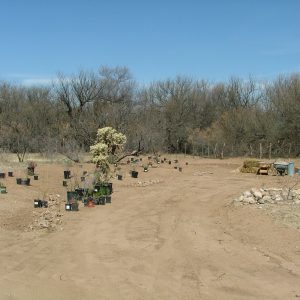It’s been a full year since I moved to Patagonia, Arizona – a full cycle of flowering plants and migrating creatures of all sizes. Over this past year, I’ve become more in touch with the natural cycles and flows than ever before. I tally passing time by what’s in flower and which winged creature is hanging out in my back yard.
Two weeks ago, I left my home in Patagonia for the Seeds of Success training up in Boise, Idaho. I left early in the morning with three other trainees for a two day trek up the Rockies to the Snake River Plain. Along the way we passed through many ecozones: juniper woodlands, high desert plains, salt flats, pine forests, and sagebrush steppe. It was a teaser to be able to drive through these unique ecosystems without having the ability to dedicate the time these areas deserved to explore.
Once arriving in Bosie, I was refreshed to encounter enthusiastic young conservationists, restorationists, ecologists and land managers from all over the west coast. I was lucky enough to connect with naturalists from Oregon, California, Arizona, Colorado, Idaho, Wyoming and Montana and discuss the ecosystems we all hailed from.
While in Idaho, I was able to become familiar with the natural world – the native plants and animals that call the Snake River Plain home. I was impressed to find many flora and fauna that were familiar to me, the exact species that I have been working with in Patagonia.
Patagonia rests in a riparian corridor within the Madrean Archipelago – a convergence zone of 5 ecozones. I noticed which species seep down the Rockies from Canada to my home: Aquilegia spp (columbines), Ribes aureum (golden currant), Fallugia paradoxa (apache-plume), Penstemon spp (penstemon), Prunus virginiana (chokecherry), Bouteloua spp (grama grasses), Glandularia spp (verbena), and many others. I feel more connected with my home now that I know the path of many of my neighbors.






